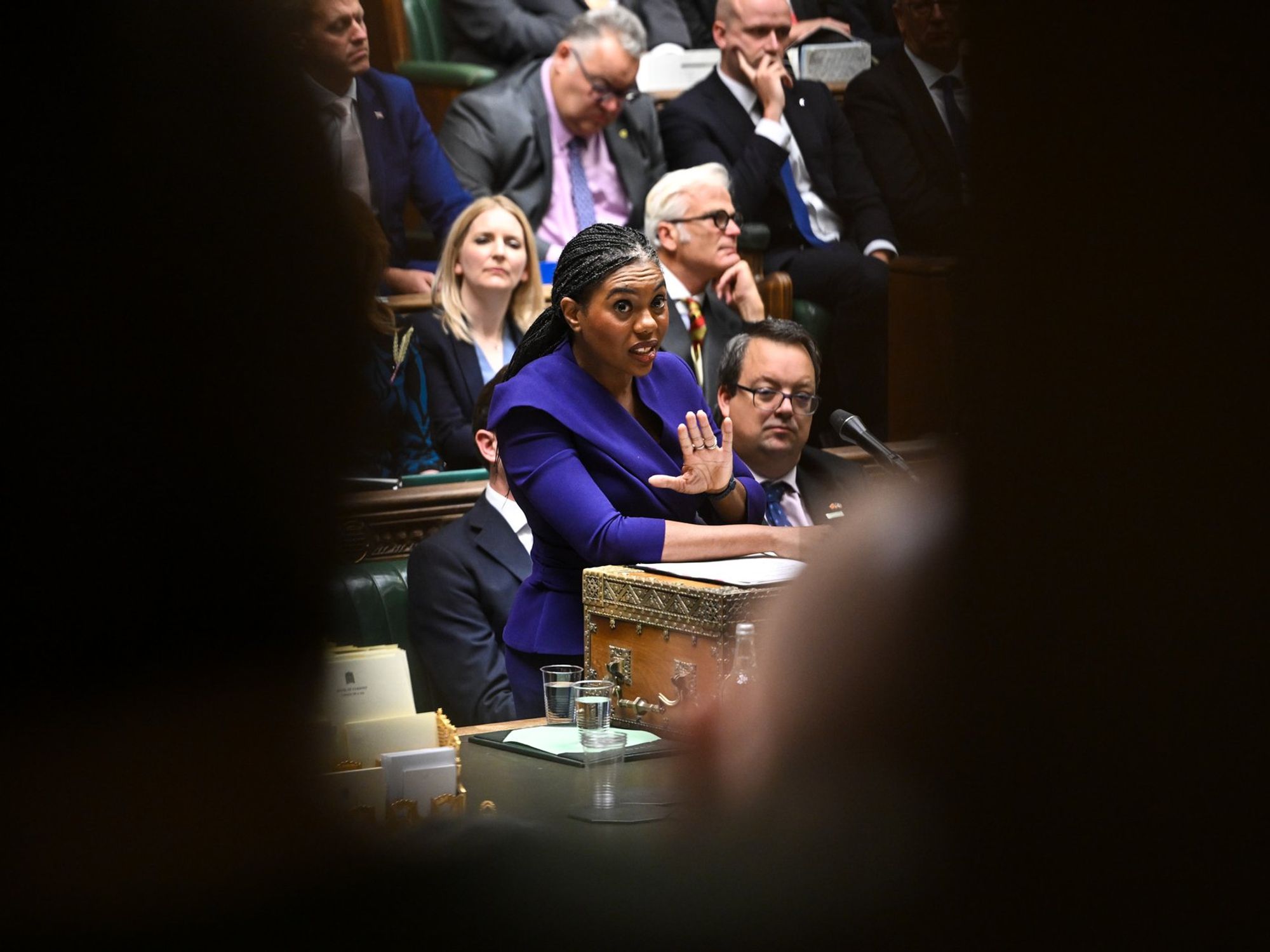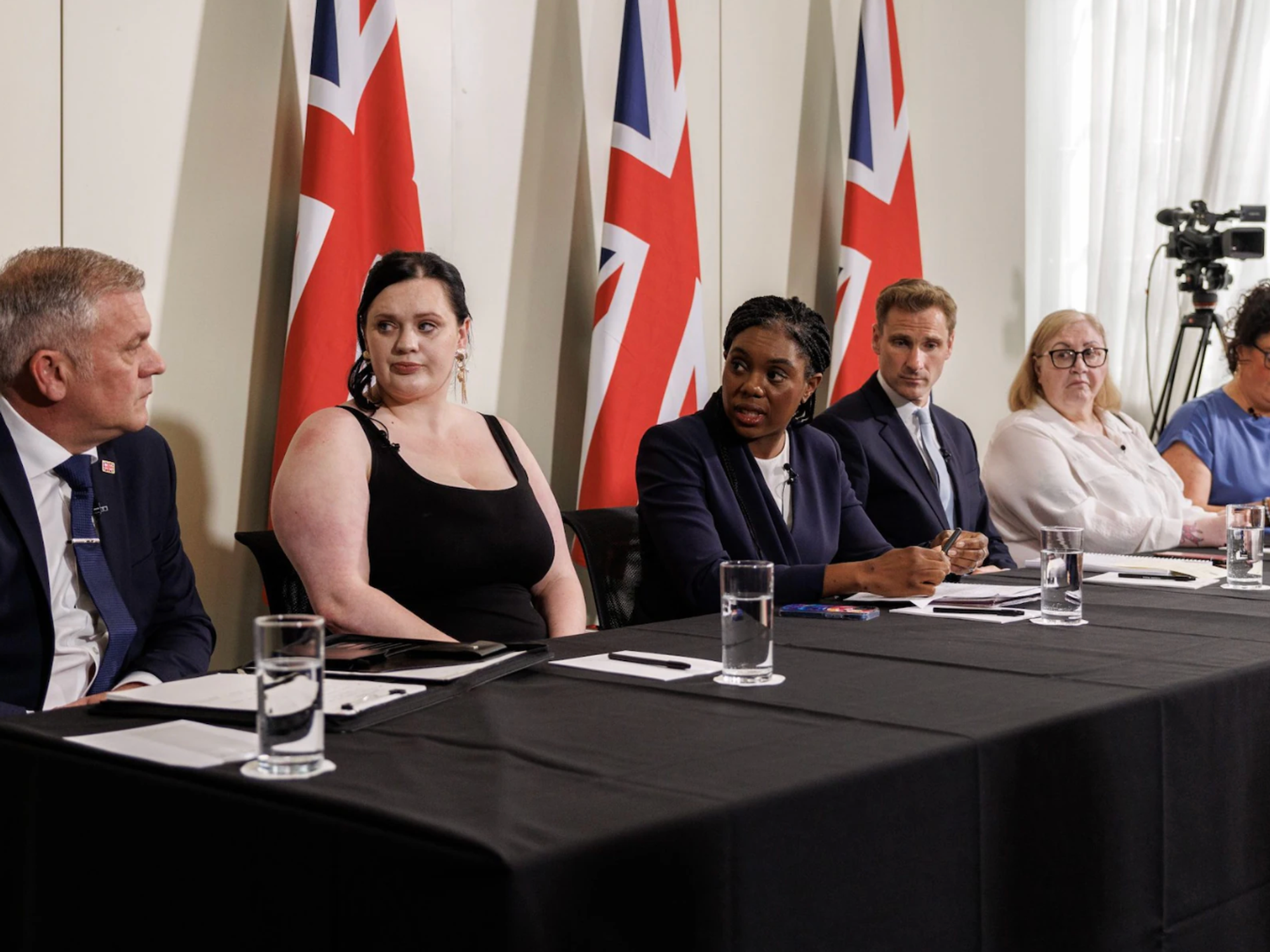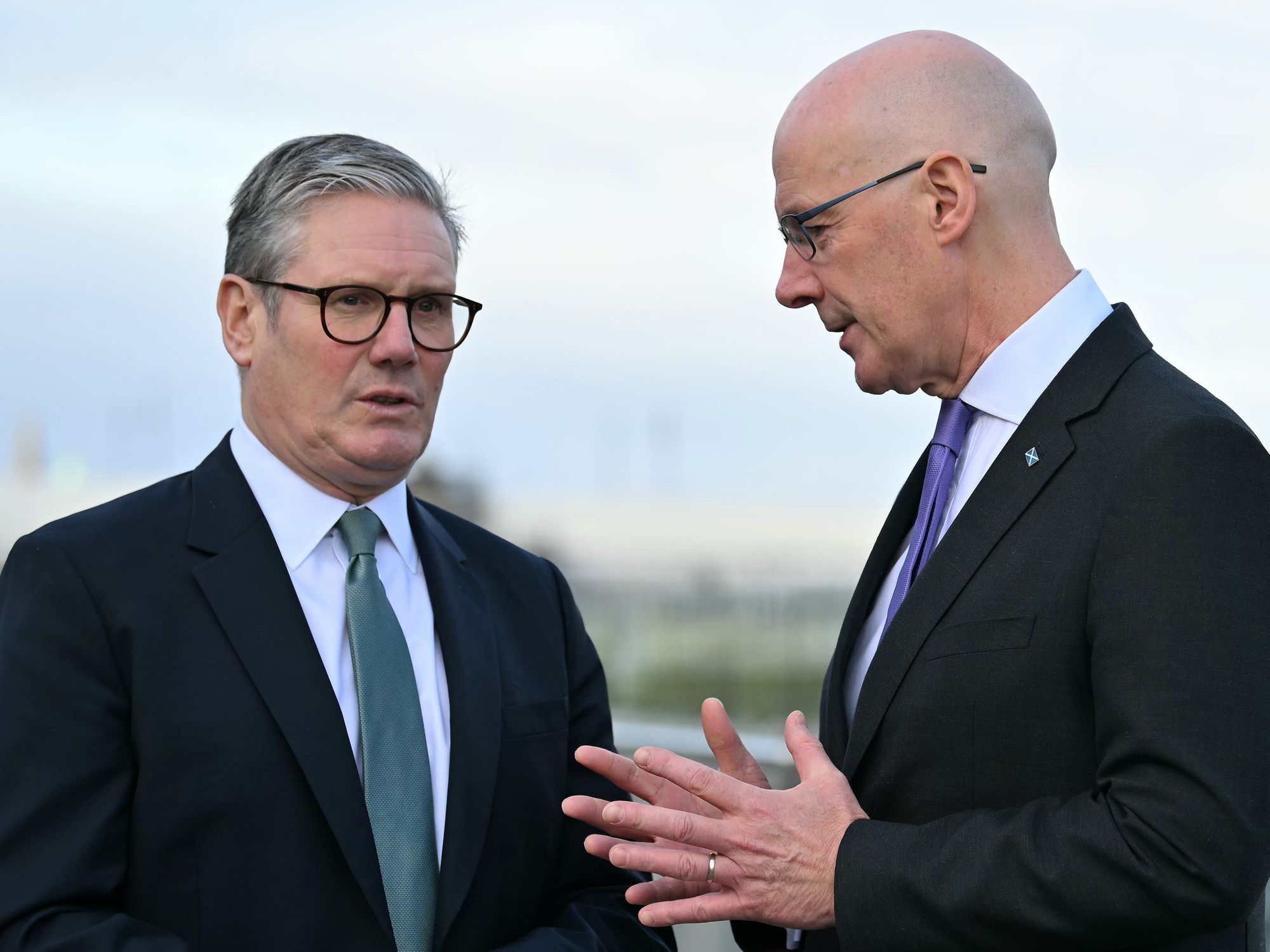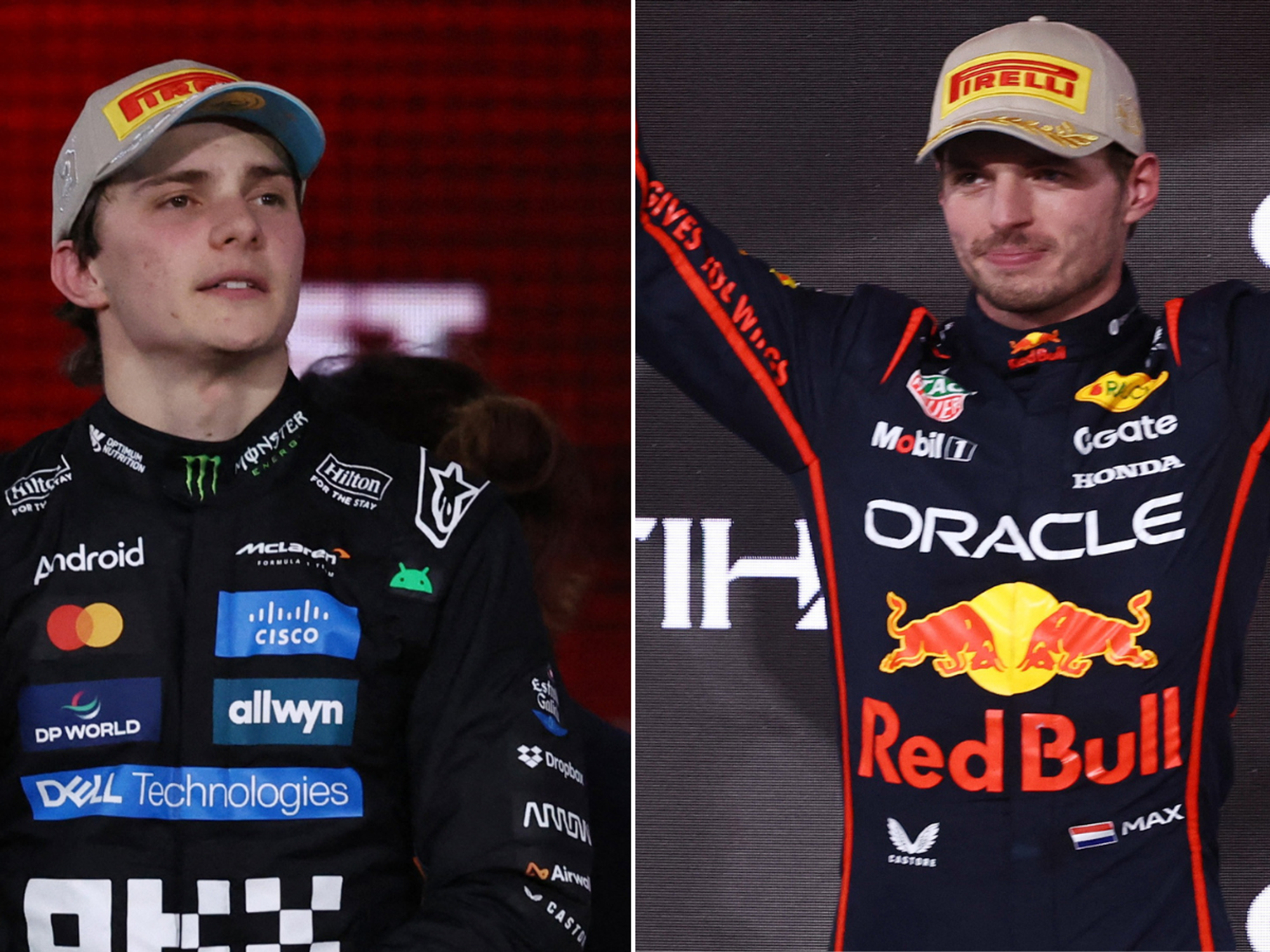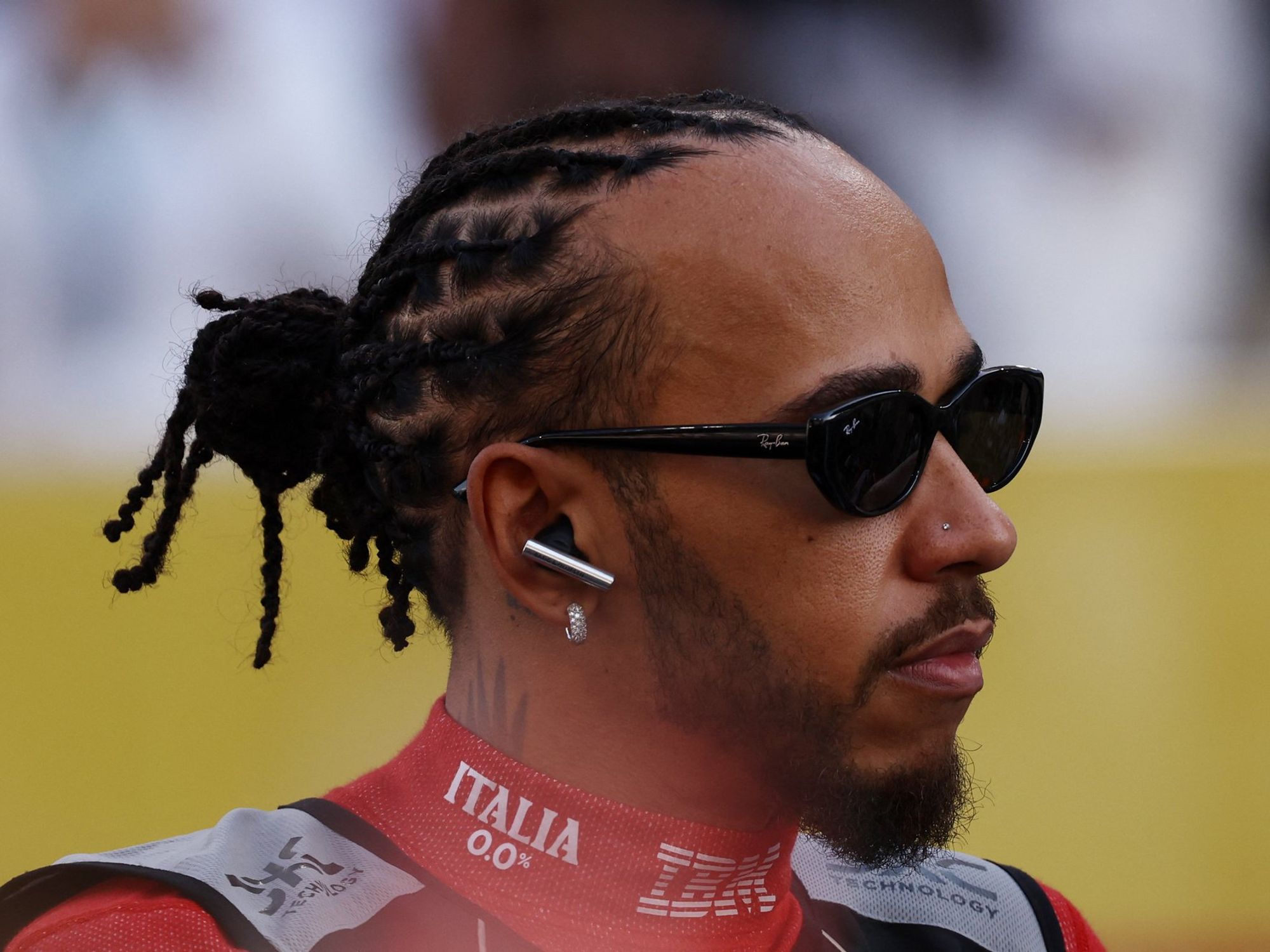Cold War at the Almeida is an ambitious piece of drama - if flat at times: Theatre review
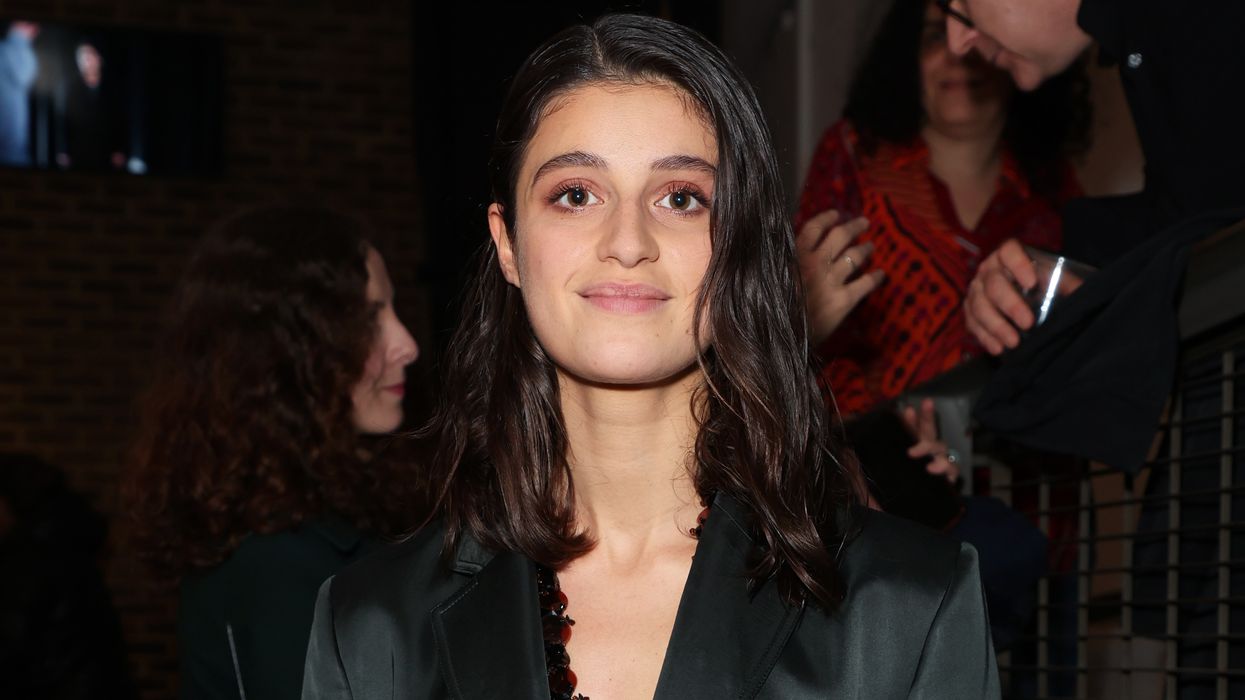
Anya Chalotra stars in Cold War at London's Almeida Theatre
|GETTY
The story of Cold War at the Almeida Theatre is one that is rooted in the action of rewriting and recomposing music and identities
Don't Miss
Most Read
It is apt, then, that it has finally been adapted for the theatre after starting life as Paweł Pawlikowski’s 2018 film of the same name.
I have never seen the film, although a kind audience member at the Almeida advised me before curtain up that it was a pretty ambitious undertaking to rework the film and make it fit the stage.
Perhaps that’s why, then, despite this production hitting some pretty good notes, overall it fell a little flat.
Music is at the heart of this narrative which is focused on Zula (Anya Chalotra) and Wiktor’s (Luke Thallon) relationship.
After meeting in a state-sponsored Polish music ensemble - immediately following the Second World War - the story follows singer Zula and pianist Wiktor’s connection which spans time and geographical distance at a point in history when Europe itself was internally divided.
What cracks Conor McPherson and Rupert Goold’s drama right open are Elvis Costello’s songs which worked well to illustrate the toxicity of Zula and Wiktor’s love affair.
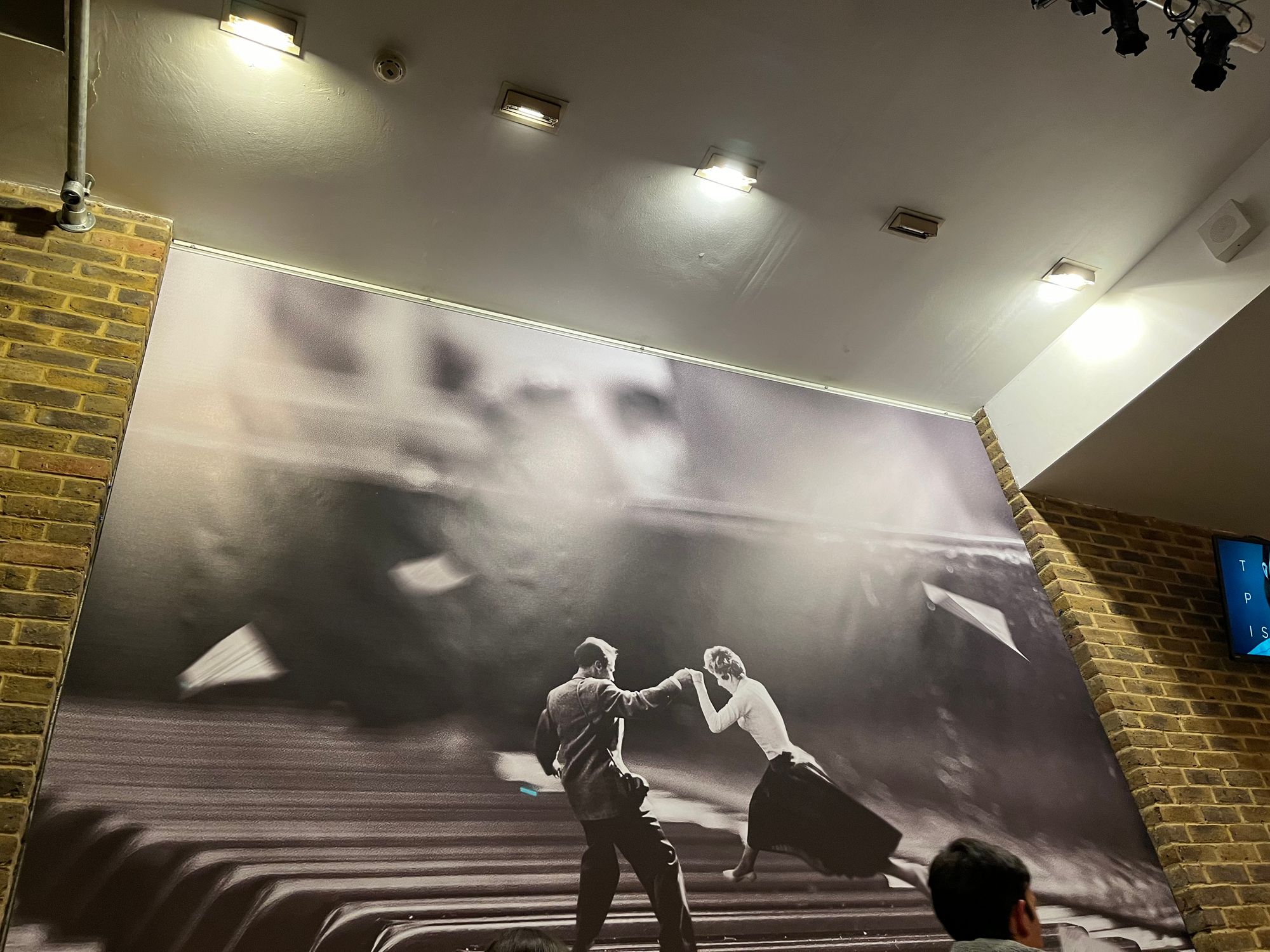
The Cold War poster hangs high at the Almeida Theatre
|KATIE BOWEN
Chalotra’s voice was particularly exceptional in ‘I Do’. The Polish folk songs were also hauntingly beautiful, creating a strong sense of place.
This was all enhanced by Paul Constable’s lighting and Jon Bausor’s set design: the play started in near-complete darkness, with only one candle on stage illuminating the whole auditorium. While different levels of light were thrown around throughout the rest of the play, we ended up back where we started.
Everything was reduced back down to a single candle again in the closing moments of Cold War - a nod to the end of Pawlikowski’s film where the characters return to a church which features at the beginning of the flick.
It might further be read as a comment on the cyclical political system that traps Zula and Wiktor and persistently permeates the rest of their time together.
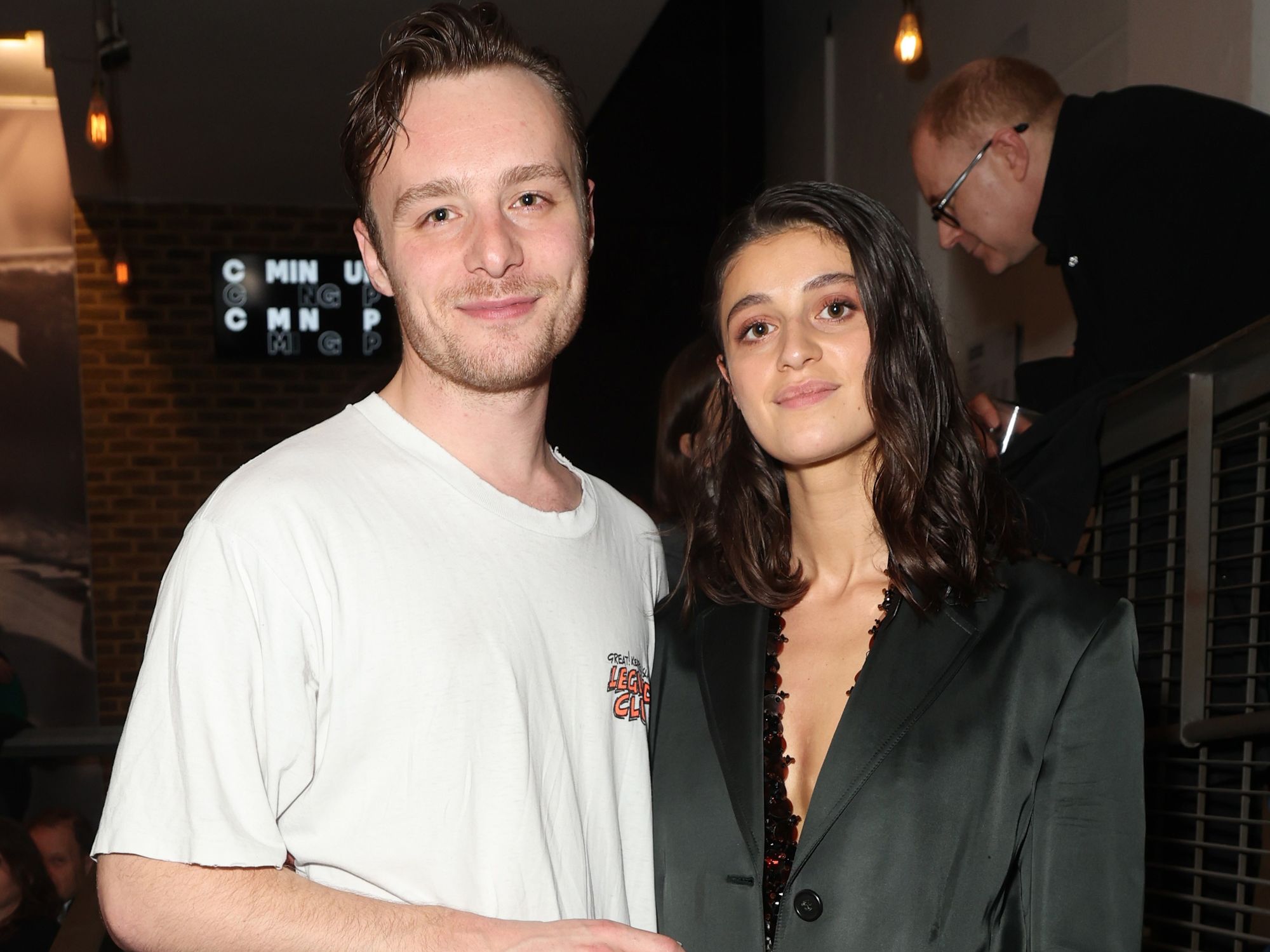
Luke Thallon and Anya Chalotra lead the Almeida Theatre production
|GETTY
The most impressive element of this production was the movement that was imbued into it: Ellen Kane’s choreography deserves high praise. The Almeida stage and auditorium is small, but this group of actors made full use of the space available, with every inch of the stage eventually being covered - traditional Polish dances, too, offered some lovely highlights overall.
More than that, though, there was just such power in the movement; Thallon and Chalotra collided and clashed together with such force and strength, entwining and moulding their bodies in a visceral show of emotion.
Thallon himself moved the piano across the stage. He didn’t so much move it as flung it from A to B, creating brilliant swoops which literally ensured this symbol of music infected the whole of the space.
The two doors either side of the stage also added to this sense of expansion - entrances and exits were well-punctuated, emphasising connections and divisions.
LATEST DEVELOPMENTS:
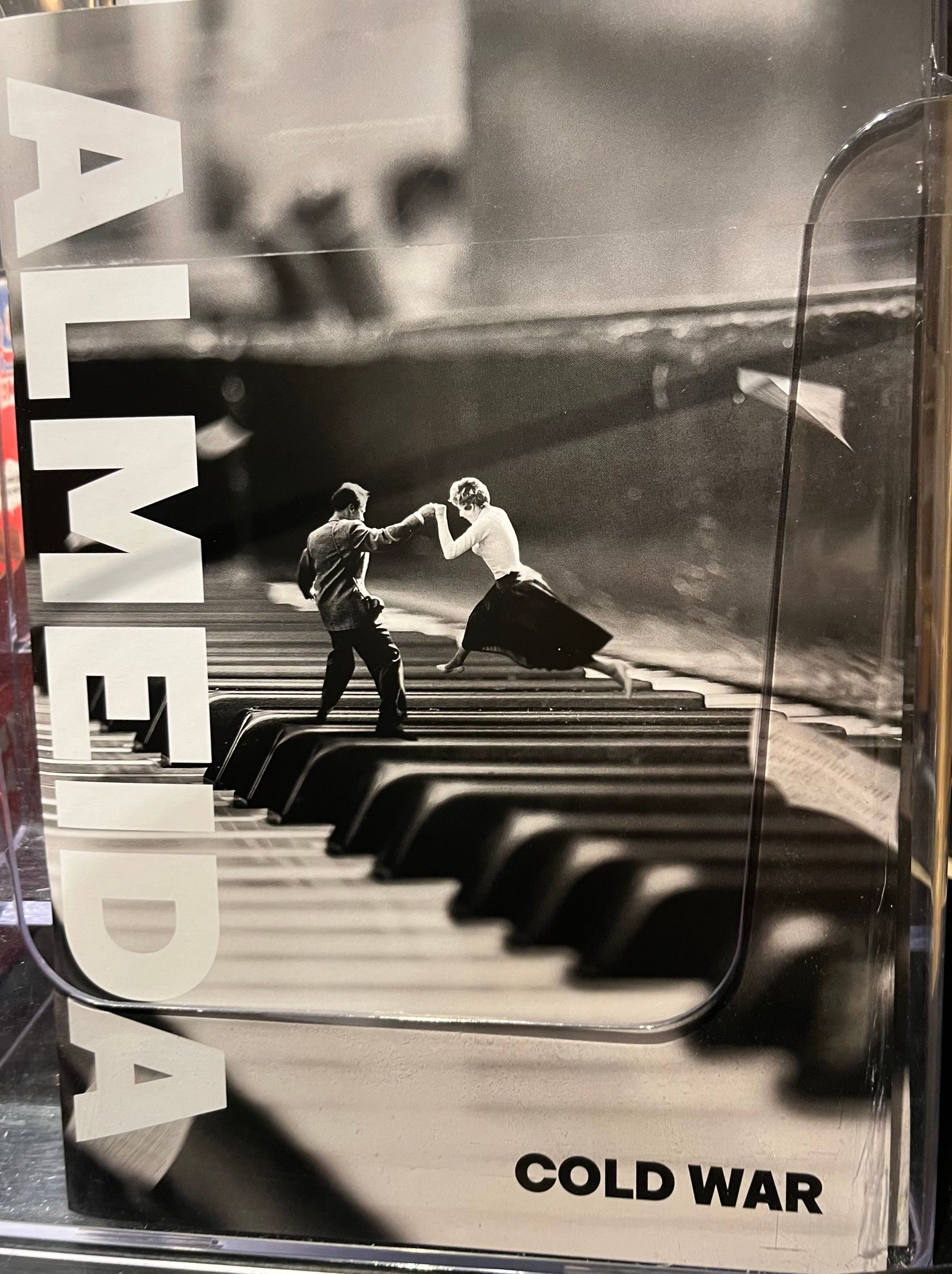
The Cold War programme from the show
|KATIE BOWEN
Aside from this, the rest of the drama fell a little flat.
While there perhaps were more smokers in mid-20th century Poland and Paris than there are today, it seemed that every cast member was constantly puffing away at a cigarette which, after a certain period of time, just looked silly.
Additionally, Zula and Wiktor’s reunion in Paris - very much a pivotal scene in the play - seemed to drag. Of course, that kind of unexpected meeting with a former lover is going to be awkward, and yes that was well-conveyed, but it just felt like too much awkwardness to bear, at points.
Certain scenes of the play seemed inflated and drawn out, while others were suddenly clipped short. This lack of steadiness often felt confusing.
Cold War’s narrative spans several decades and moves through many different fashions and trends - we jump from the immediate aftermath of World War II, to the vibrancy of the 50s in Paris, to Poland in the 1960s which has tragic consequences for the protagonists. Some of these time shifts were well executed; scenes in the Parisian cafes, bars and clubs were filled with brilliant music and outfits. The very start of the play in post-war Poland didn’t quite hit the same, however.
That is perhaps most obviously due to the very different circumstances and atmosphere compared to a liberal, progressive Paris, although overall it felt more clunky. Due to a relatively simple set design, the production relied heavily on costuming (especially wigs, for Zula) and subtle shifts in music to do the heavy lifting in signalling time passing - this occasionally worked, although more often than not it struggled to hold the story together.
Despite all of this temporal instability, one of the enduring elements throughout Cold War was its clever metatheatrical nods; the audience was often doubled, playing a role themselves as the audience to Zula’s performances in jazz cafes or the spectators of the Polish musical troupe, alongside being the actual audience to Cold War itself.
Even if some components of this production were not convincing, what was affirmed in metatheatrical these moments was just how suited to the stage the narrative of Cold War really is.
Cold War plays at the Almeida Theatre until January 27, 2024. Buy tickets here: https://almeida.co.uk/whats-on/cold-war/





